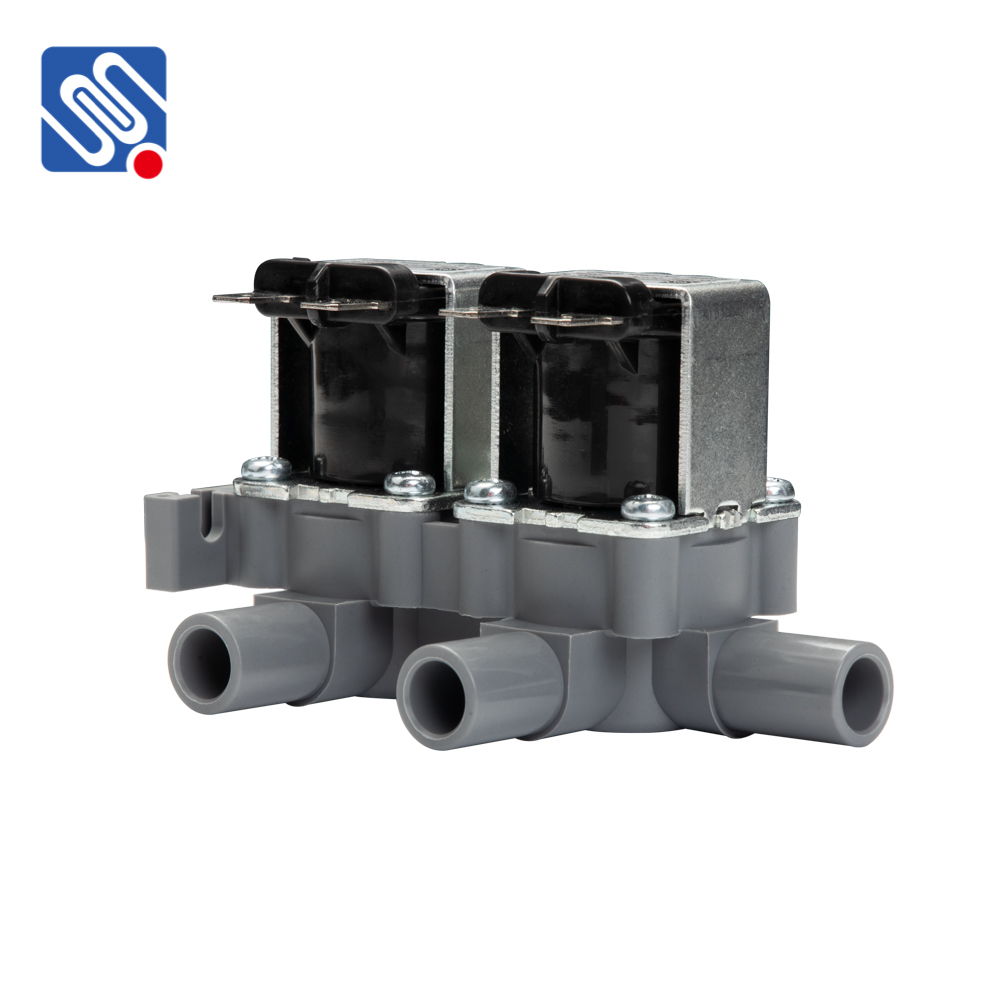A one-way solenoid valve is an essential component in many industrial systems where precise control of fluid or gas flow is required. This valve type allows fluid to flow in one direction only while preventing backflow or reverse flow, ensuring the safe and efficient operation of various systems. Commonly used in applications ranging from water treatment to gas distribution, one-way solenoid valves play a crucial role in ensuring the reliability and safety of equipment.

What is a One-Way Solenoid Valve? At its core, a one-way solenoid valve is an electromechanical valve that uses a solenoid to control the flow of liquids or gases. The solenoid is an electromagnet that, when powered, generates a magnetic field capable of moving an armature or plunger. This movement controls the valve’s opening and closing. When the solenoid is energized, the valve either opens to allow flow or closes to prevent it. A key feature of the one-way solenoid valve is that it permits fluid to pass through in only one direction, regardless of external forces or pressure. These valves are often referred to as check valves because they act as a one-way flow barrier to prevent the reverse flow of the media in systems where backflow could cause damage or system malfunction. The design of these valves ensures they remain closed when no power is applied, maintaining the integrity of the system.